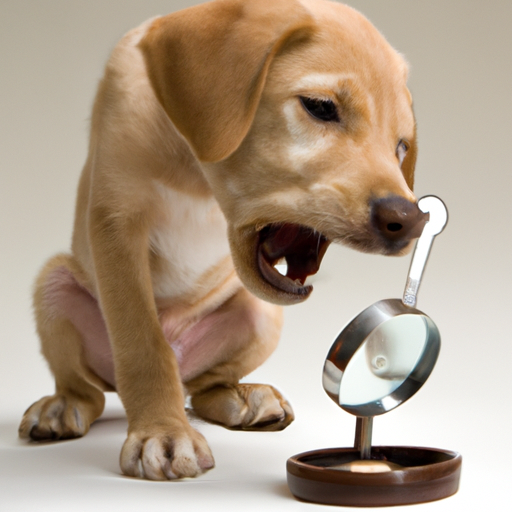As a loving and attentive caregiver, you know every little detail about your furry friend. However, one question that might be lingering in your mind is: “When do dogs teeth start falling out?”
Understanding Your Dog’s Teeth
Just like humans, dogs also experience two sets of teeth during their lifetime. The first set, known as deciduous or “baby” teeth, appear a few weeks after birth. The second set, the permanent “adult” teeth, replace the baby teeth as your dog grows.
Here is a simple timeline for your reference:
| Age | Teeth Development Stage |
|---|---|
| 2-4 weeks | Baby teeth start to appear |
| 12-16 weeks | Baby teeth start falling out |
| 4-6 months | Adult teeth fully grown |
The Process of Teething
Teething is a crucial part of a dog’s development. This process can be quite uncomfortable for your pup, and you might notice a few changes in their behavior.
- Chewing on Everything: Your dog might start chewing on anything and everything they can get their paws on. This is their way of relieving the discomfort of teething.
- Changes in Appetite: You might notice your dog eating less or showing less interest in their food. This is quite normal, as their gums might be sore and tender.
- Increased Drooling: This is another common symptom of teething. You might want to keep some towels handy!
What Happens When a Dog’s Teeth Start Falling Out?
When your dog’s teeth start falling out, you might notice small, sharp teeth around your home. However, it’s quite common for your dog to swallow their baby teeth, so don’t worry if you don’t find any.
During this time, your dog’s gums may look a little red and swollen. This is normal, but if you notice excessive bleeding or if your dog seems in excessive pain, it’s a good idea to consult your vet.
How Can You Help Your Teething Puppy?
As a caregiver, you may feel helpless seeing your pup in discomfort. Here are a few things that might help:
- Chew Toys: Get some good quality, safe chew toys for your dog. They not only help relieve the discomfort but also keep your shoes safe!
- Frozen Treats: Frozen carrot sticks or special puppy teething toys can provide some much-needed relief.
- Regular Vet Check-ups: Regular vet check-ups ensure that the teething process is going smoothly and there are no complications.
Frequently Asked Questions
1. When do dogs start losing their baby teeth?
Dogs start losing their baby teeth around 12-16 weeks of age.
2. How long does the teething process last?
The teething process usually lasts until they are 6 months old.
3. What should I do if my dog’s adult teeth are growing in before the baby teeth have fallen out?
If you notice adult teeth growing in before the baby teeth have fallen out, it’s best to consult your vet. They might need to remove the baby teeth to prevent any dental issues.
4. Can I brush my puppy’s teeth during teething?
Yes, you can and should brush your puppy’s teeth during teething. Use a soft-bristle brush and dog-friendly toothpaste.
5. Should I give my teething puppy hard or soft foods?
It depends on what your puppy prefers. Some find relief in chewing hard kibbles, while others prefer soft food due to gum sensitivity.
Remember, each dog experiences teething differently. As a caregiver, your patience and understanding during this period can make a world of difference.



